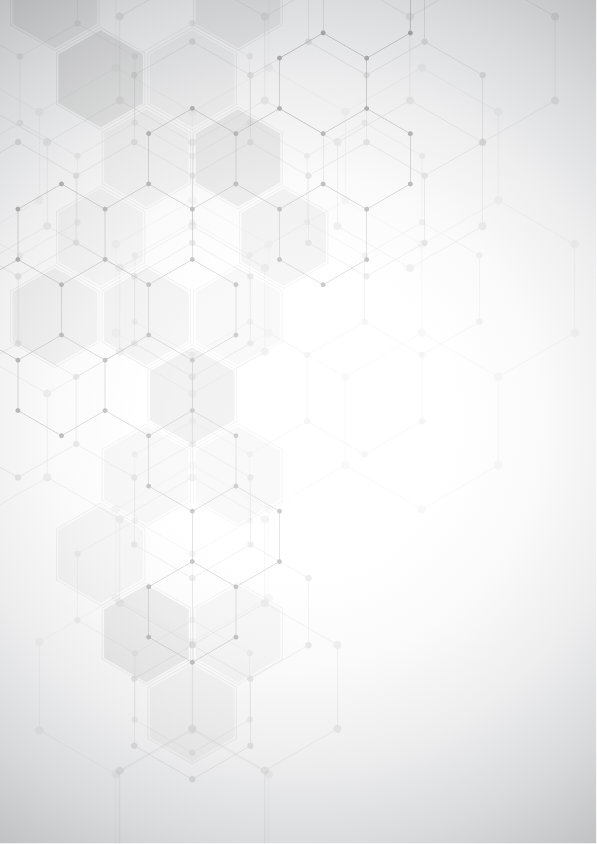
More articles from Volume 49, Issue 1, 2020
Relationship between ACR and other determinants of microalbuminuria in T2DM patients
Uticaj porođajne mase i aktuelne težine deteta na nastanak prevremenog puberteta
Frequency and histological-cytological correlation of premalignant and malignant changes in the cervix in women of different ages
Errors and artifacts on radiographs
Strategije suočavanja sa anksioznošću u situaciji testiranja engleskog jezika kod studenata visokog i niskog samopoštovanja
Errors and artifacts on radiographs

Abstract
Introduction: The process of recording a patient includes a procedure with several separate segments during work that together provide the imaging to be obtained for adequate radiological analysis. Throughout the process, it is possible to experience errors that create artifacts on X-rays which ultimately results in an inadequate recording that is not for valid analysis. Aim: Determine the total number of radiological films that are not for valid analysis. Sort out and analyze errors in radiographs according to the work process. Provide recommendations for improving the quality in the process of recording the patient. Material and methods: A prospective study was conducted at the Radiology Clinic of the Clinical Hospital Center Pristina-Gracanica, for two calendar years. All films that are not for valid analysis were considered. The radiological procedure of patient imaging was broken down into logical segments so that possible errors could be observed. We have summarized the causes of the artifacts in five appropriate groups (errors made by the recording technique, during the acquisition of the image, caused by the object of recording, during the processing of films in an automated machine and improper handling of films). Results: The total amount of used X-ray films is 32600 pieces, of which 242 (0.74%) were errors and artifacts. The most common format of a film with an error or artifact was 30x40 cm. A frequency of errors according to the cause of the occurrence is classified into appropriate groups. The largest number was in a group 1 - 155 (64.04%), in a group 2 - 3 (1.24%), in a group 3 - 13 (5.37%), in a group 4 - 67 (27.69%), and in a group 5 - 4 (1.66%). Conclusion: In the proper systematization of all observed errors and artifacts of X-ray film, it allows us to realise the place of error during the whole process of recording and processing of the film. We hereby wish to propose their elimination and improve the quality of the radiology department.
Keywords
References
Citation
Copyright

This work is licensed under a Creative Commons Attribution-NonCommercial-ShareAlike 4.0 International License.
Article metrics
The statements, opinions and data contained in the journal are solely those of the individual authors and contributors and not of the publisher and the editor(s). We stay neutral with regard to jurisdictional claims in published maps and institutional affiliations.






